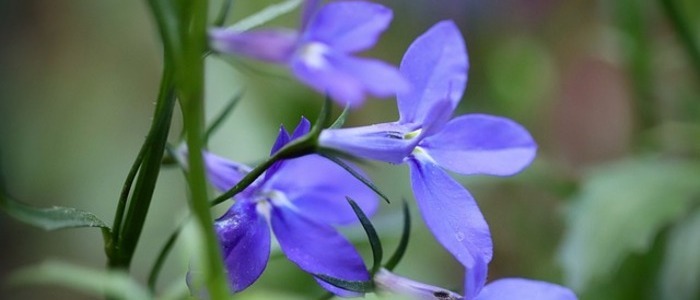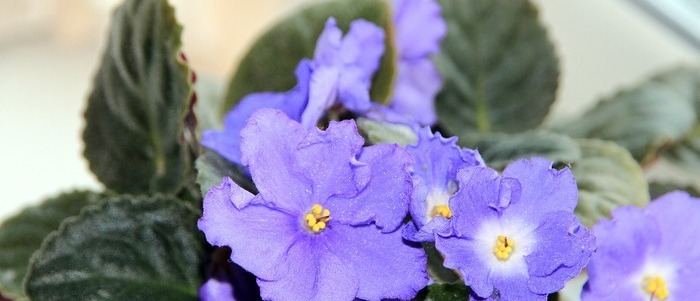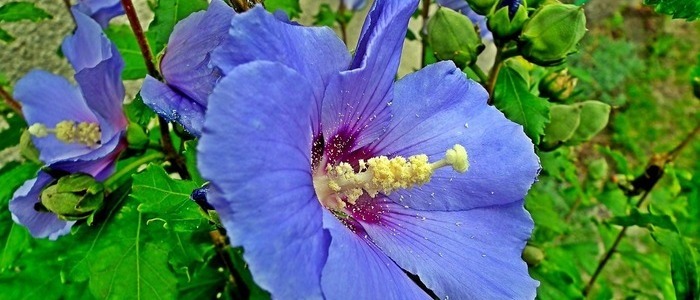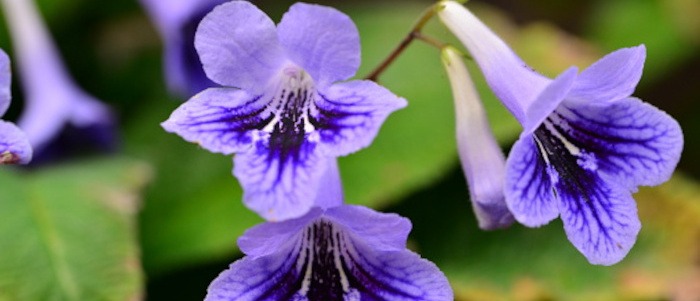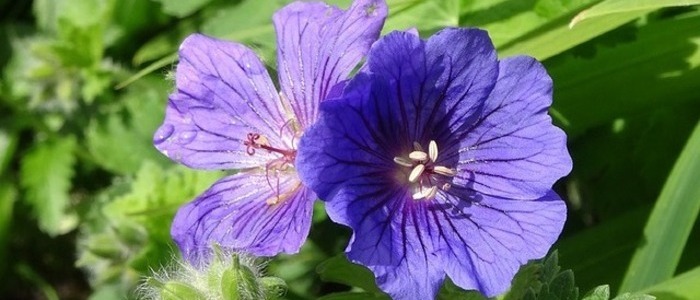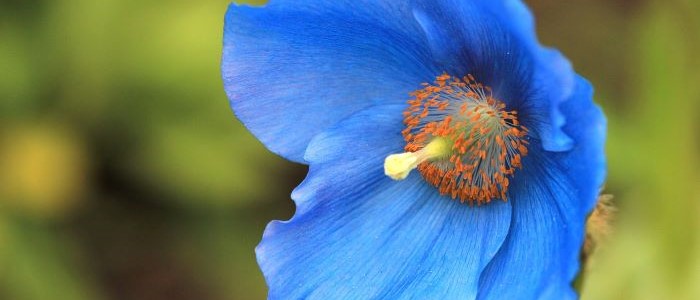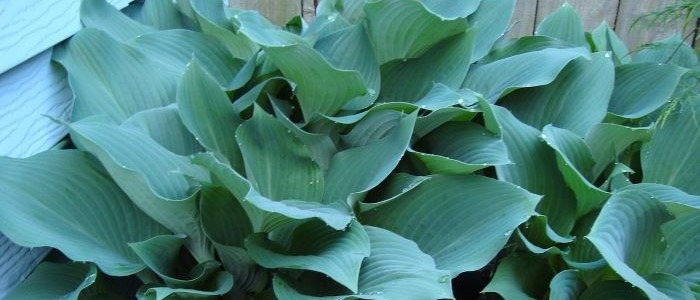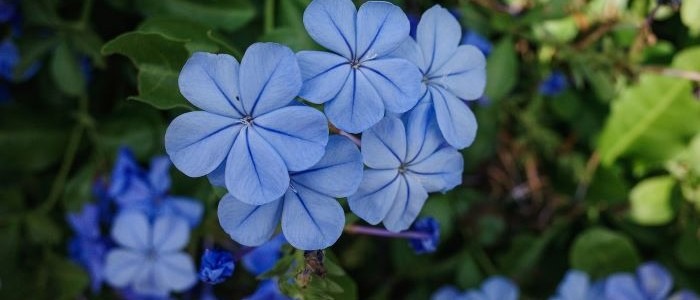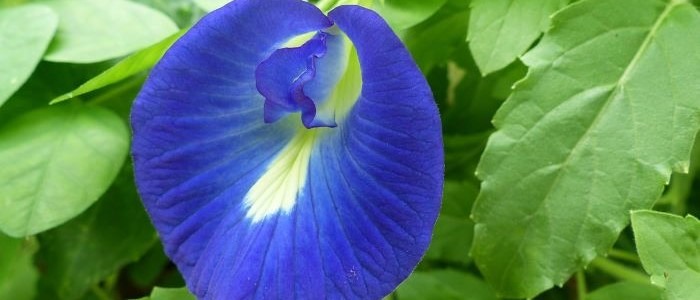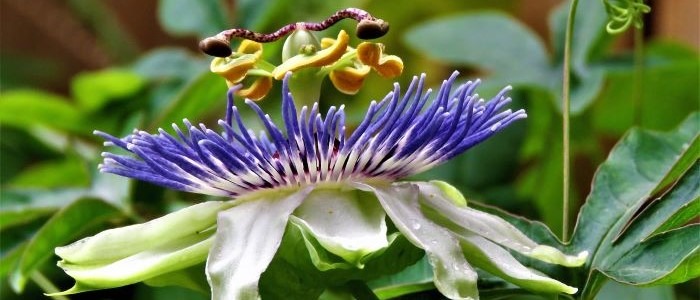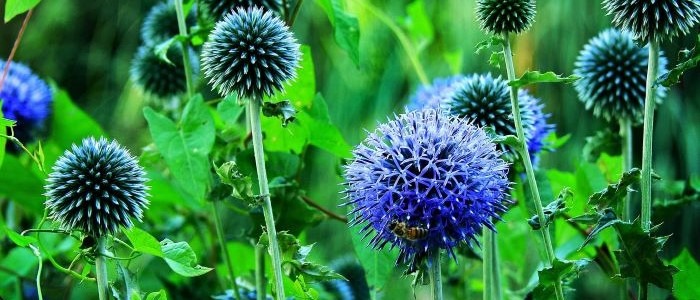Bigleaf Hydrangeas are a beautiful and popular flowering plant that can add a touch of elegance to any garden. This genus of plants is part of the Hydrangeaceae family and is native to temperate and subtropical regions, making them an ideal choice for gardeners in many climates.
There are two main species: Hydrangea macrophylla and Hydrangea serrata. The former has large, round flower heads while the latter has smaller flowers with pointed petals.
These flowering plants are highly sought-after by landscapers and gardeners because they come in a variety of sizes, shapes, and colors that make them perfect for any landscape design. They’re also relatively low-maintenance, requiring only basic care such as regular watering and fertilizing to keep them looking their best.
Bigleaf Hydrangeas have become increasingly popular due to their ability to bring beauty and charm wherever they are planted; they can be used as stand-alone showpieces or planted in combination with other flowers or shrubs for a unique look. Their versatility makes them a great choice for any gardener looking to enhance the appearance of their outdoor space
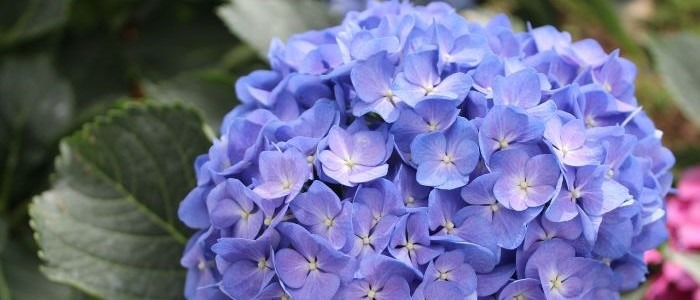
Bigleaf Hydrangea Frequently Asked Questions
How can I change the color of my bigleaf hydrangea blooms?
To change the color of your bigleaf hydrangea blooms, you can adjust the pH level of the soil. Acidic soil with a lower pH (around 5.5) will result in blue blooms, while more alkaline soil with a higher pH (around 6.0-6.2) will produce pink blooms. You can achieve this by adding amendments like aluminum sulfate to increase acidity or lime to increase alkalinity. It's important to note that changing the color may take some time and consistent adjustments to the soil pH.
Is bigleaf hydrangea a house plant?
No, bigleaf hydrangea is not normally grown as a house plant. It mainly is an outdoor shrub that thrives in moist, well-draining soil and requires a good amount of sunlight. While it can be potted and temporarily brought indoors for short periods of time, it is best suited for outdoor cultivation.
Choosing the Right Location for Planting Bigleaf Hydrangea
When it comes to choosing the right location for planting Bigleaf Hydrangeas, there are a few key considerations to keep in mind. First, select a spot with well-drained soil and full sun or partial shade. Bigleaf Hydrangeas require plenty of sunlight and loamy soil that drains easily. Avoid areas prone to flooding or waterlogging as this can lead to root rot.
Second, be aware of any overhanging branches that could block out sunlight. Make sure there is enough room for the hydrangea’s leaves and flowers to get adequate light by pruning back any trees or shrubs if necessary.
Third, plant hydrangeas at least 3 feet away from trees and other large shrubs. This will help ensure their roots have enough space to spread out, while also preventing competition for resources such as water and nutrients.
Finally, choose a sheltered spot if possible in order to protect your plants from strong winds which can damage the foliage of Bigleaf Hydrangeas. If you live in an area prone to high winds, consider building a windbreak on the side most exposed to gusts of wind using fencing or trellises.
By following these tips, gardeners can guarantee their Bigleaf Hydrangeas have the best chance of thriving in their landscape for many years to come!
Preparing Soil for Planting Bigleaf Hydrangeas
Preparing the soil for planting Bigleaf Hydrangea is essential for its long-term health and success. To get the best results, start by testing the soil to determine its pH level. The ideal pH range for this species is slightly acidic between 5.0 and 6.5. If the soil is too alkaline, amend it with sulfur or lime accordingly.
The other important factor to consider when preparing soil for Bigleaf Hydrangeas is drainage. The soil should be light and well-drained; if it isn’t, mix in organic matter such as compost or aged manure to improve drainage and increase nutrient content of the soil. This will help ensure that excess water doesn’t pool around your plants’ roots, which can cause them to rot or die prematurely.
It’s also a good idea to add a layer of mulch around your hydrangeas to slow down evaporation after watering and keep weeds away from your plants’ roots. When selecting mulch, make sure you choose an organic option such as shredded bark or wood chips – these will break down over time and provide additional nutrients while enriching the soil structure even further.
By taking these steps before planting Bigleaf Hydrangeas, you can give them a better chance of thriving in your landscape by providing them with a nutrient-rich environment suited specifically to their needs. With proper care and maintenance, these plants can bring beauty and charm to any garden design for years to come!
Water and Fertilizer Requirements for Bigleaf Hydrangea
Caring for Bigleaf Hydrangea requires attention to their water and fertilizer needs. Watering should occur at least once a week, or more regularly if there are periods of extreme heat or drought. It is important to avoid over-watering as this can cause root rot. Fertilizing is also essential for the plant’s health and abundant flowering.
The best time for application being in early spring when buds start developing and again six weeks later when flowers begin forming. Slow-release fertilizers designed specifically for hydrangeas, such as an ammonium sulfate blend with micronutrients like iron and zinc, are recommended to avoid overfertilizing which may lead to fewer flowers than normal.
Mulching around the plant is additionally beneficial as it helps retain moisture while adding organic matter that will help nourish the plant gradually. It is important not to cover any existing stems with mulch so as not to cause rot or other issues. When following these tips on watering, fertilizing, and mulching, gardeners can rest assured their Bigleaf Hydrangea has all it needs for a successful growth in their landscape design!
How to Propagate Bigleaf Hydrangea
Propagating Bigleaf Hydrangeas is a great way to expand your garden in a cost effective way. There are three main methods of propagation – division, cuttings, and layering.
The easiest method of propagation is division, which should be done in early spring when the plant is dormant. To do this, carefully dig around the plant and gently separate it into two or more sections using a sharp spade or knife. The sections should have at least five healthy stems with several buds each. Once divided, replant each section separately in prepared soil that has been amended with compost or organic matter, spaced approximately 3 feet apart from each other.
For cuttings, choose non-flowering shoots and cut them off just below the node (where leaves join the stem). Cuttings should be taken either in fall or early spring and planted 1 to 2 inches deep into soil that has been amended with compost or organic matter. Make sure to keep the potting mix moist but not waterlogged while the cuttings take root over several weeks time.
Layering can also be used to propagate these plants by partially burying a low branch in soil so that it takes root and develops its own stem system. This process can take up to one year before you have enough roots for transplanting – make sure to keep checking on it regularly during this period and water when needed to ensure successful propagation. Once successful, the new plants should be grown in containers before they are ready to be transplanted outside into their permanent location in your garden landscape.
By following these steps, you can successfully propagate Bigleaf Hydrangeas and give them room to thrive in your landscape while adding beauty and elegance for years to come.
Prune and Cutback Tips for Maintenance Bigleaf Hydrangea
Pruning and cutting back Bigleaf Hydrangeas is an essential part of their maintenance. Proper pruning helps to ensure that the plants remain healthy, vigorous, and aesthetically pleasing. Pruning should be done in early spring before new growth appears. This is the best time to remove dead, diseased, or damaged branches as soon as they are noticed.
The optimal height and shape for cutting back stems varies depending on the desired look of the plant, but generally no more than 1/3 of the stem should be cut off in one pruning session.
It is important to disinfect your pruning shears after each use with a solution of 10% bleach and 90% water. This will help reduce the risk of spreading disease from one plant to another or within the same plant. Additionally, it is important to avoid over-pruning as Bigleaf Hydrangeas flower on last year’s growth. Removing too much can decrease flowering potential in subsequent years.
With proper care and attention, Bigleaf Hydrangeas can thrive in any landscape design for years to come. By following these prune and cutback tips for maintenance, gardeners can guarantee their plants stay healthy and provide them with beautiful blooms every season!
Conclusion
This blog post has provided an overview of the two main species of Bigleaf Hydrangea, as well as tips on how to properly choose a location, prepare soil, water and fertilize, propagate, and prune for maintenance. With the right care, these plants can thrive and provide years of beauty to your landscape.
To make the most of this information, readers should take action by researching more about the species they have chosen and implementing the tips outlined in this post. Additionally, readers should consider consulting with local garden centers or experts before planting if they are unsure about any part of their gardening project.
By taking the time to understand Bigleaf Hydrangeas’ needs and following proper care instructions, gardeners can ensure that their plants are healthy and happy for many years to come. Additionally, with regular pruning and fertilizing in early spring when new growth appears, these plants can reach their full potential in terms of size and flower production. Finally, adding mulch around the plant helps reduce weed growth while retaining moisture in the soil.
For those looking to add some color and sophistication into their outdoor spaces or gardens this season – Bigleaf Hydrangeas might be exactly what you need! With a bit of research on how to properly care for them along with regular monitoring – these plants will bring beauty into your life for many years to come!
Other Blue House Plants
